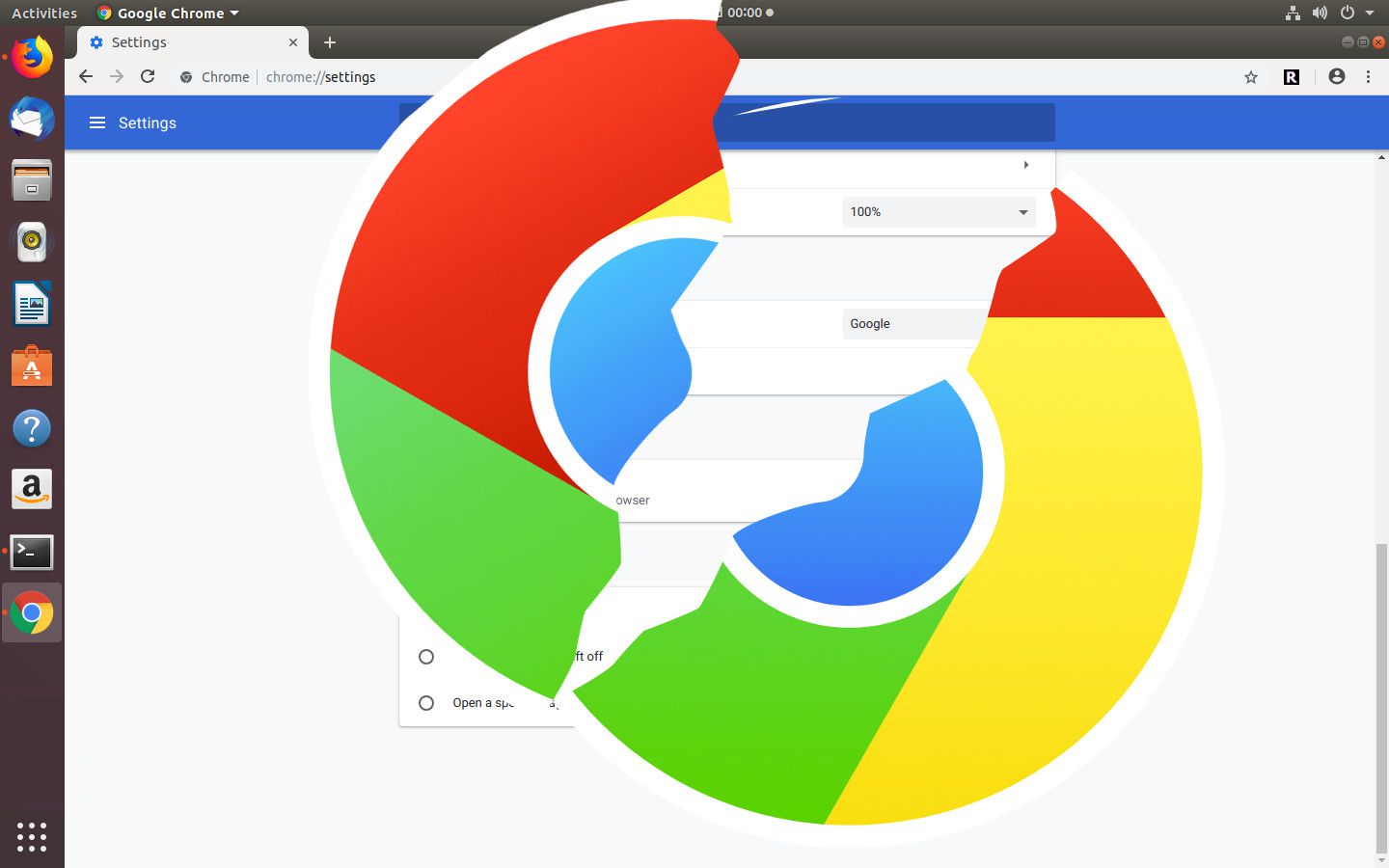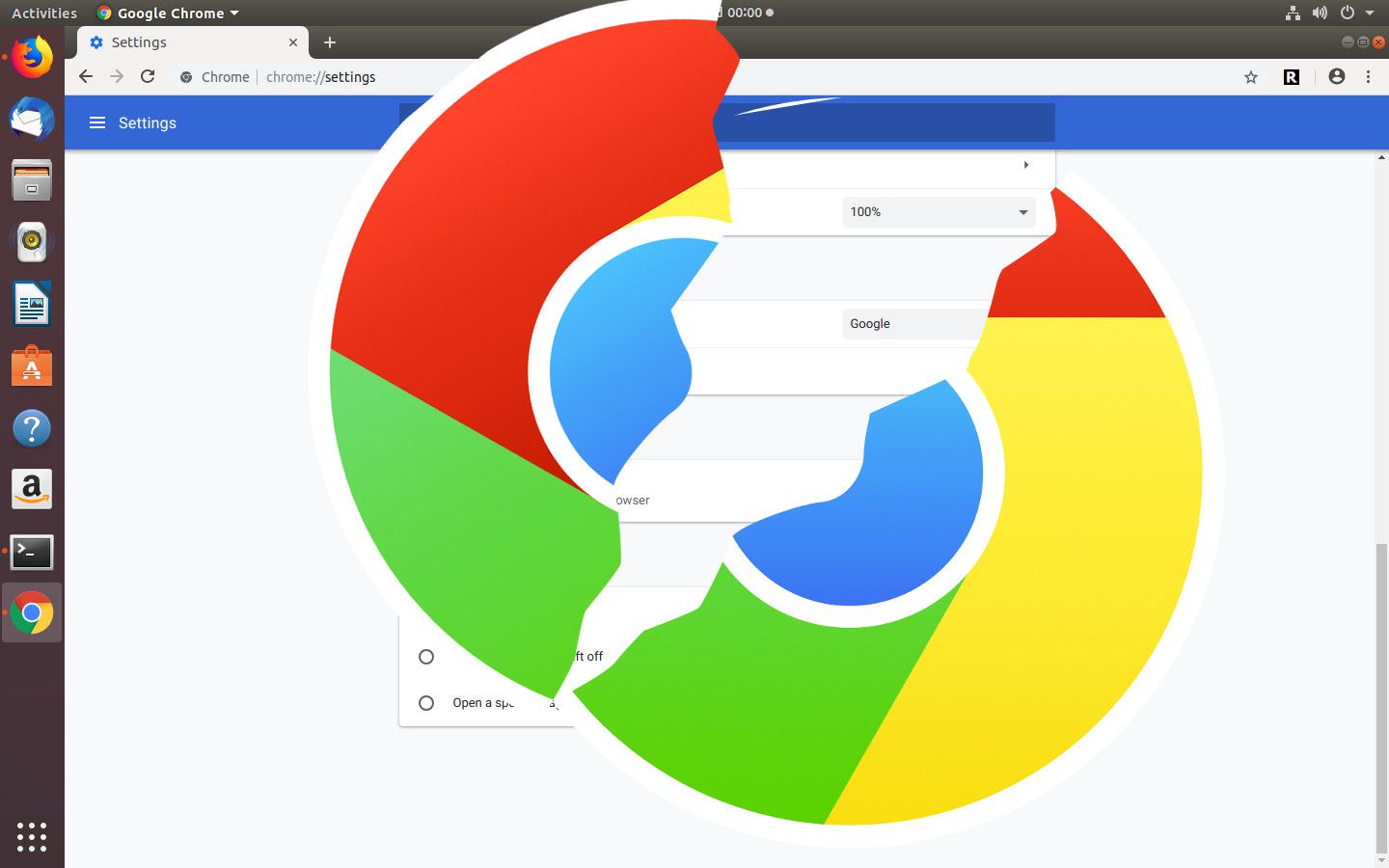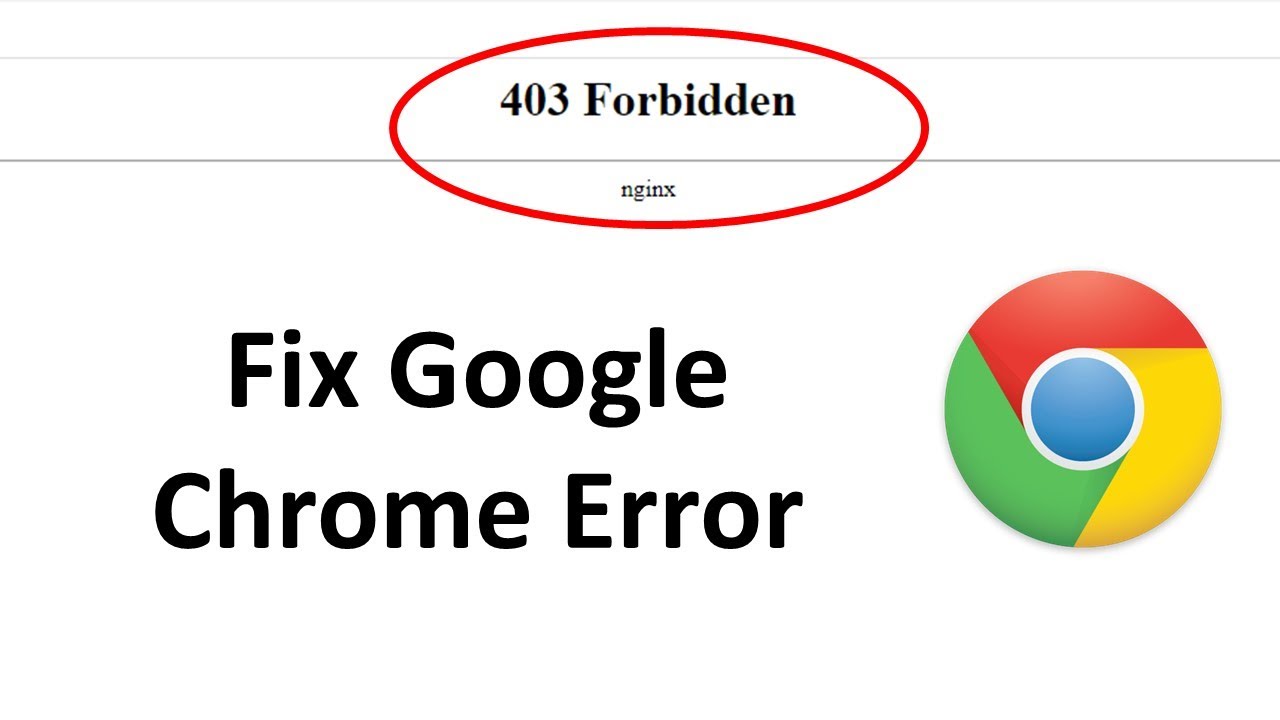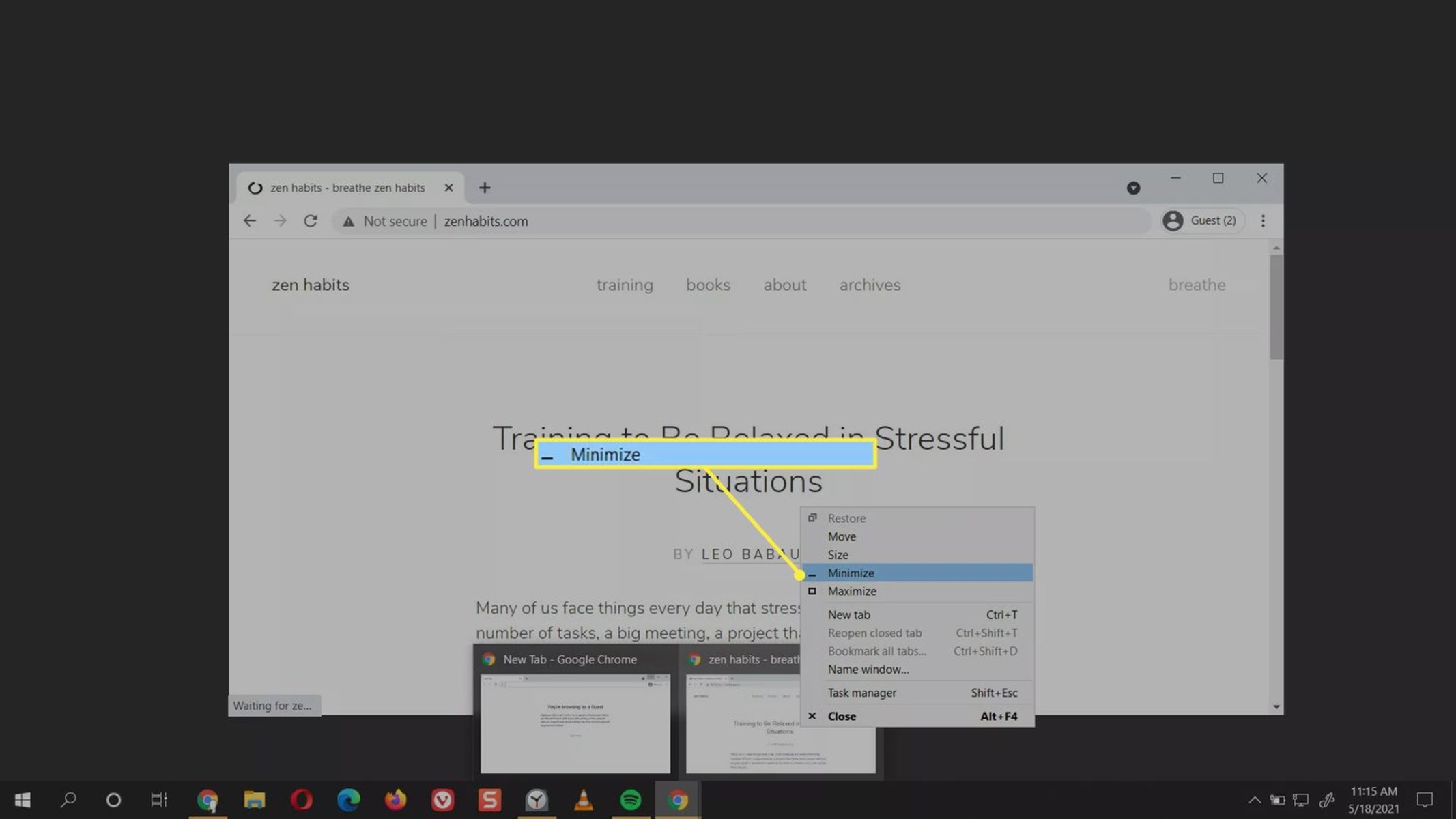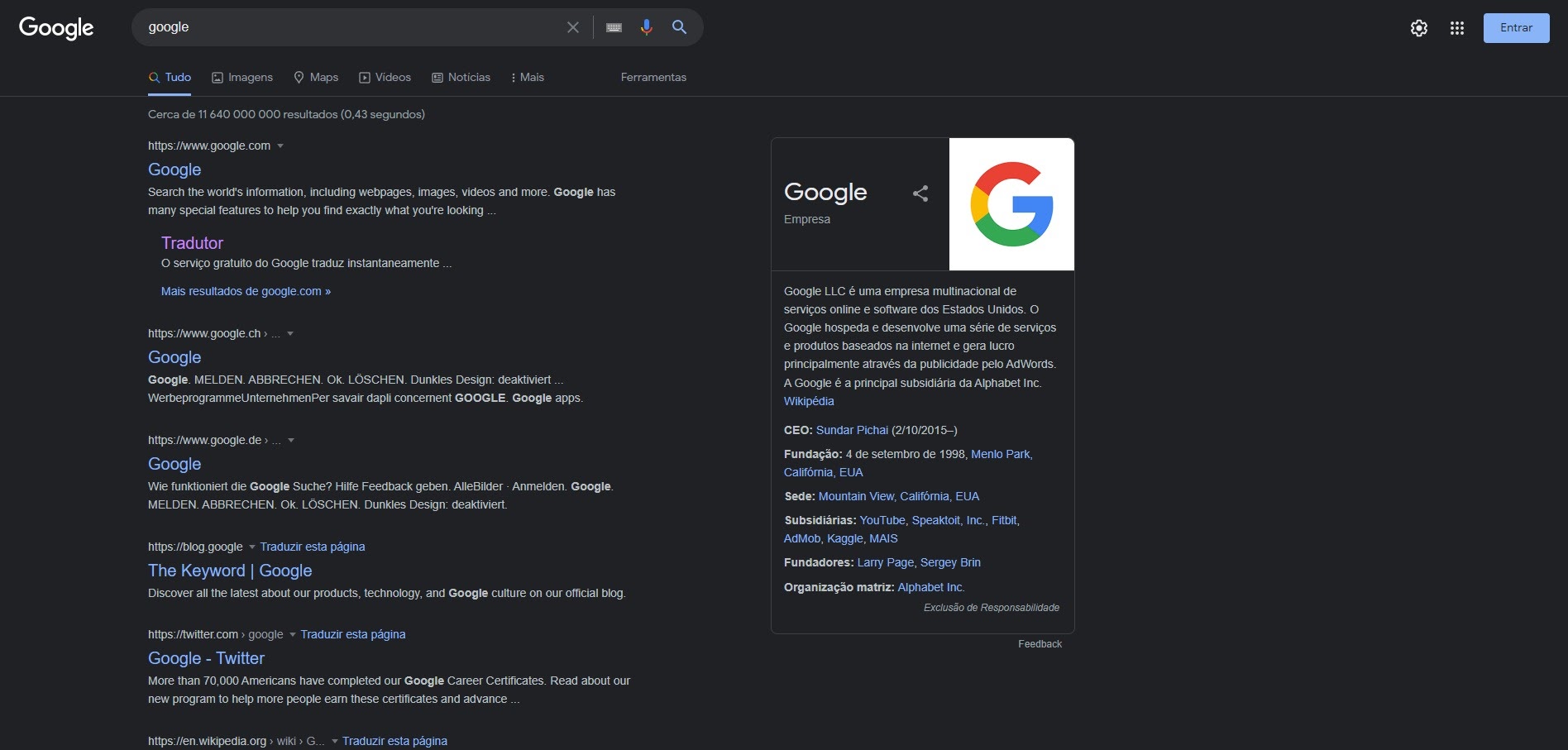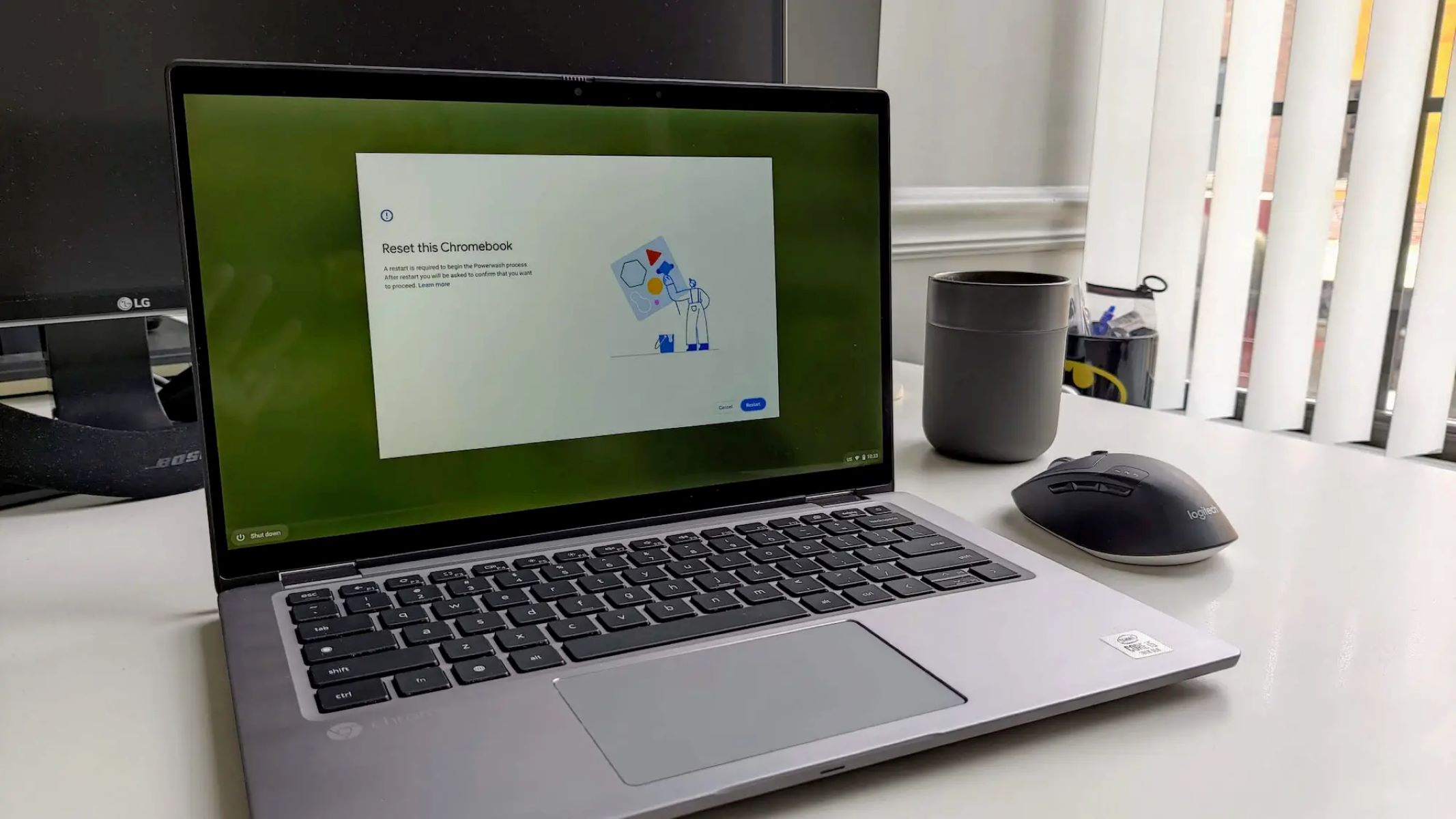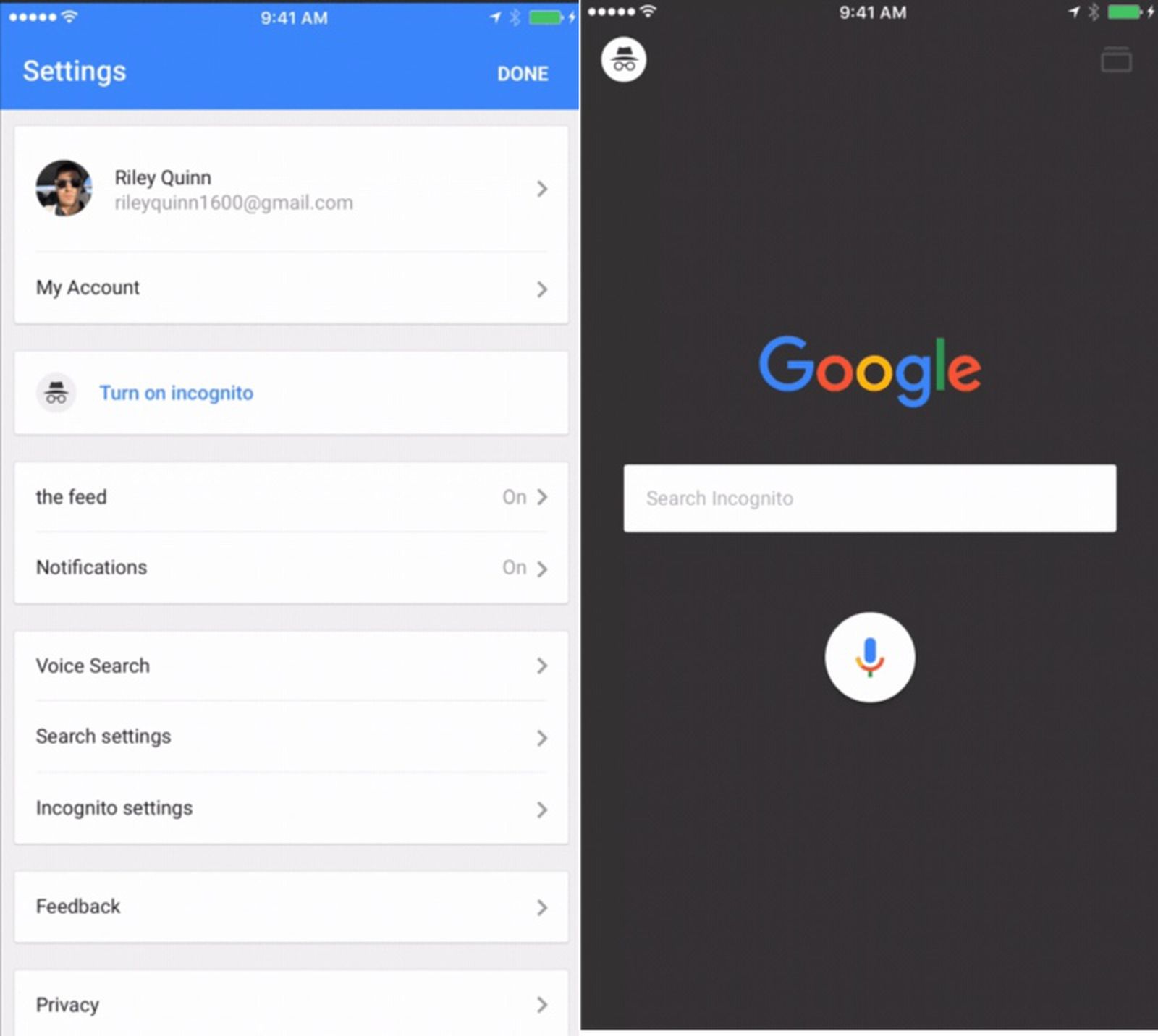Outdated Chrome Version
An outdated Chrome version can lead to various performance issues, including unresponsiveness. Google Chrome regularly releases updates to enhance security, fix bugs, and improve overall performance. When users fail to update their Chrome browser, they may encounter unresponsiveness and other issues.
Updating Google Chrome is a simple yet crucial task that can significantly impact the browser's performance. By ensuring that the browser is running the latest version, users can benefit from enhanced stability, improved security features, and optimized performance.
When Google Chrome becomes unresponsive, one of the first steps to troubleshoot the issue is to check for available updates. This can be done by clicking on the three-dot menu in the top-right corner of the browser window, selecting "Help," and then clicking on "About Google Chrome." This action prompts the browser to check for updates and install them if available.
By keeping Google Chrome updated, users can take advantage of the latest features and improvements while minimizing the risk of encountering unresponsiveness and other performance-related issues. Regular updates also ensure that users are equipped with the most recent security patches, safeguarding their browsing experience against potential threats.
In summary, an outdated Chrome version can contribute to unresponsiveness and other performance issues. By staying proactive and regularly updating the browser, users can enjoy a smoother and more secure browsing experience.
Too Many Tabs and Extensions
One common reason for Google Chrome becoming unresponsive is the excessive number of open tabs and installed extensions. While tabs and extensions are designed to enhance the browsing experience, having too many of them can strain the browser's resources, leading to sluggishness and unresponsiveness.
When users have numerous tabs open simultaneously, each tab consumes system memory and processing power. This can overwhelm the browser, especially on devices with limited RAM. Similarly, extensions, which are add-on tools that provide additional functionality, can also impact Chrome's performance. Each extension runs processes in the background, utilizing system resources and potentially conflicting with one another.
To address this issue, users can take several steps to optimize their browsing environment. First, they can reduce the number of open tabs by closing those that are no longer needed. Prioritizing essential tabs and utilizing bookmarking features can help streamline the browsing experience and alleviate strain on the browser.
Furthermore, users can review their installed extensions and disable or remove those that are unnecessary or rarely used. This can be done by accessing the browser's extension management interface, where users can easily enable, disable, or remove extensions as needed. By decluttering the list of extensions, users can minimize background processes and free up system resources, potentially improving Chrome's responsiveness.
In addition to managing tabs and extensions, users can also consider utilizing tab management extensions that offer features such as tab suspension or grouping. These tools can help users organize and manage their tabs more effectively, reducing the strain on system resources and potentially enhancing the browser's responsiveness.
By addressing the issue of too many tabs and extensions, users can optimize their browsing environment and mitigate the risk of Chrome becoming unresponsive. Through proactive management and optimization, users can enjoy a smoother and more responsive browsing experience while making the most of Chrome's tab and extension capabilities.
Corrupted User Profile
A corrupted user profile can significantly impact the performance and stability of Google Chrome, potentially leading to unresponsiveness and other browsing issues. The user profile in Chrome stores various settings, preferences, bookmarks, history, and other personalized data, shaping the browsing experience for individual users. When this profile becomes corrupted, it can disrupt the seamless operation of the browser, causing frustration for users.
Several factors can contribute to a corrupted user profile in Google Chrome. These may include software conflicts, unexpected system shutdowns, malware or virus infections, or even internal errors within the browser. When a user profile is corrupted, symptoms such as frequent crashes, unresponsiveness, or the inability to access certain features may manifest.
To address a corrupted user profile, users can take specific steps to troubleshoot and potentially resolve the issue. One approach involves creating a new user profile in Chrome and migrating essential data from the corrupted profile to the new one. This process allows users to retain their bookmarks, saved passwords, and other critical data while starting afresh with a new profile, potentially resolving the underlying corruption.
Another troubleshooting step involves utilizing Chrome's built-in tools to reset the browser settings. This action can help eliminate potential conflicts or errors within the user profile, restoring the browser to a more stable state. By resetting settings, users can address underlying issues that may be contributing to the profile corruption, potentially improving Chrome's responsiveness and overall performance.
In some cases, users may need to consider reinstalling Google Chrome to address a severely corrupted user profile. Reinstallation allows for a clean installation of the browser, effectively starting anew and potentially resolving persistent issues related to the user profile. Prior to reinstalling Chrome, users should ensure that they have backed up essential data and settings to prevent data loss during the process.
By addressing a corrupted user profile, users can potentially resolve unresponsiveness and other performance issues in Google Chrome. Through proactive troubleshooting and maintenance, users can restore the stability and functionality of their browser, ensuring a smoother and more reliable browsing experience.
Hardware Acceleration Issues
Hardware acceleration is a feature in Google Chrome that offloads certain tasks from the CPU to the GPU, aiming to enhance performance and provide a smoother browsing experience. While hardware acceleration can significantly improve the rendering of graphics and multimedia content, it can also be a potential source of unresponsiveness and stability issues in the browser.
When hardware acceleration encounters compatibility issues with the system's graphics hardware or drivers, it can lead to unexpected behavior, including Chrome becoming unresponsive. This can manifest as frozen tabs, slow responsiveness, or even browser crashes. Additionally, outdated or faulty graphics drivers can exacerbate these issues, hindering the effective utilization of hardware acceleration.
To address hardware acceleration issues in Google Chrome, users can consider several troubleshooting steps. One approach involves disabling hardware acceleration to determine if it resolves the unresponsiveness. This can be done by accessing the browser's settings, navigating to the "Advanced" section, and toggling off the hardware acceleration option. By disabling hardware acceleration, users can assess whether the browser's performance improves, potentially indicating a compatibility issue with the system's graphics hardware or drivers.
In cases where disabling hardware acceleration alleviates the unresponsiveness, users can explore updating their graphics drivers to the latest versions provided by the hardware manufacturer. This ensures that the system's graphics components are equipped with the necessary updates and optimizations to support hardware acceleration effectively. Additionally, users can verify that their operating system is up to date, as certain updates may include improvements related to graphics compatibility and performance.
Furthermore, users can consider resetting Chrome's settings to default, as this action can help address potential conflicts or misconfigurations related to hardware acceleration. By resetting settings, users can restore the browser to a more stable state, potentially resolving underlying issues contributing to unresponsiveness.
By addressing hardware acceleration issues, users can potentially mitigate unresponsiveness and stability issues in Google Chrome. Through proactive troubleshooting and optimization, users can ensure that hardware acceleration functions effectively, providing the intended performance benefits without compromising the browser's responsiveness.
Malware or Virus Infection
Malware or virus infection presents a significant threat to the stability and performance of Google Chrome, potentially leading to unresponsiveness and a compromised browsing experience. Malicious software, including viruses, trojans, adware, and other forms of malware, can infiltrate a user's system and impact the functionality of the Chrome browser.
When a user's system is infected with malware, the effects on Google Chrome can be diverse and detrimental. Unwanted pop-up ads, browser redirects to suspicious websites, unauthorized changes to browser settings, and sudden slowdowns in browsing speed are common indicators of a malware infection. Furthermore, certain types of malware may specifically target web browsers, causing them to become unresponsive or exhibit erratic behavior.
To address the threat of malware or virus infection in Google Chrome, users should prioritize proactive measures to safeguard their systems. Implementing robust and up-to-date antivirus and antimalware software is essential for detecting and removing malicious threats. Regular system scans can help identify and eliminate any malware that may be affecting the browser's performance.
In addition to utilizing security software, users should exercise caution when browsing the internet and downloading files. Avoiding suspicious websites, refraining from clicking on unknown links, and being mindful of email attachments can help reduce the risk of inadvertently downloading malware onto the system.
If users suspect that their system may be infected with malware, it is crucial to take immediate action to mitigate the impact on Google Chrome. This may involve running a comprehensive malware scan, utilizing reputable cleanup tools, and following security best practices to restore the integrity of the system.
Furthermore, users can consider resetting Chrome to its default settings to eliminate any lingering effects of malware on the browser. This action can help remove unauthorized changes and restore the browser to a more stable state, potentially resolving unresponsiveness caused by malware interference.
By addressing the threat of malware or virus infection, users can protect the integrity of Google Chrome and ensure a more secure and responsive browsing experience. Through proactive security measures and prompt action against malware, users can mitigate the risk of unresponsiveness and other adverse effects on their browsing activities.
Insufficient System Resources
Insufficient system resources can significantly impact the performance and responsiveness of Google Chrome, leading to a suboptimal browsing experience for users. When a device lacks adequate resources such as RAM, CPU processing power, or available storage, it can struggle to meet the demands of running the Chrome browser effectively. This can result in slow loading times, unresponsive tabs, and overall sluggishness when navigating the web.
One of the primary factors contributing to insufficient system resources is the increasing complexity of modern websites and web applications. As websites incorporate advanced multimedia elements, dynamic content, and interactive features, they place greater demands on the resources of the devices accessing them. This can strain the capabilities of devices with limited resources, impacting the performance of web browsers like Google Chrome.
To address the issue of insufficient system resources, users can take several proactive measures to optimize their devices for a smoother browsing experience. One approach involves minimizing the number of concurrent applications running alongside Google Chrome. Closing unnecessary background processes and applications can free up valuable system resources, allowing Chrome to operate more efficiently and responsively.
Furthermore, users can consider upgrading the hardware components of their devices to bolster system resources. Adding more RAM, upgrading to a faster CPU, or increasing available storage can enhance the overall performance of the device, providing Chrome with the necessary resources to handle complex web content without sacrificing responsiveness.
In addition to hardware upgrades, users can optimize Chrome's resource utilization by managing browser tabs and extensions effectively. Closing unused tabs, utilizing tab management extensions, and disabling or removing unnecessary extensions can alleviate the strain on system resources, potentially improving Chrome's responsiveness.
Another consideration for addressing insufficient system resources is to optimize Chrome's settings for performance. This includes adjusting browser settings to conserve memory, disabling resource-intensive features, and utilizing built-in tools to monitor and manage resource usage. By fine-tuning Chrome's settings, users can maximize the available resources on their devices, promoting a more responsive browsing experience.
By addressing the challenge of insufficient system resources, users can optimize their devices for a smoother and more responsive browsing experience with Google Chrome. Through proactive resource management, hardware upgrades, and optimization strategies, users can mitigate the impact of resource limitations on the browser's performance, ensuring a more enjoyable and efficient web browsing experience.







